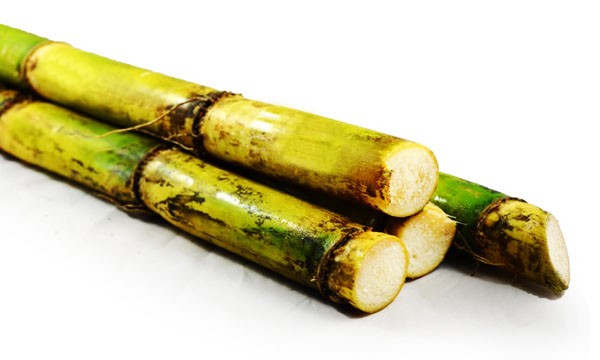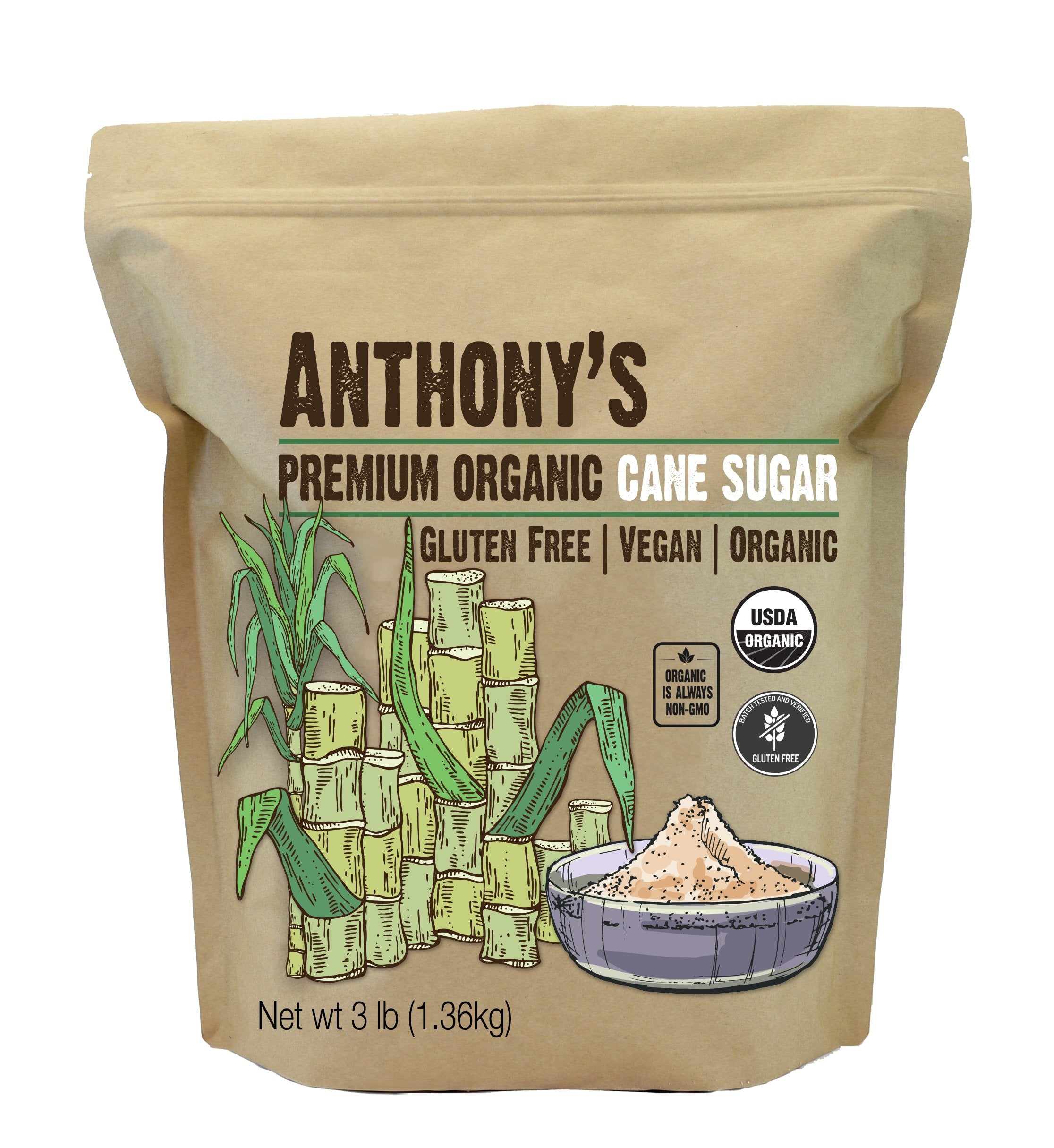Cane Sugar Processing: Trick Technologies for Superior Sugar Production
Cane Sugar Processing: Trick Technologies for Superior Sugar Production
Blog Article
Discovering the Comprehensive Tips Associated With Walking Cane Sugar Processing From Gathering to Refinement
The process of cane sugar manufacturing incorporates a series of detailed actions, beginning with the cautious harvesting of sugarcane and finishing in the improvement phases that ensure the last product meets sector standards. Each stage, from the removal of juice to the purification and formation processes, plays a vital function in identifying the high quality and character of the sugar. Comprehending these phases not just highlights the intricacy of sugar production however additionally increases essential inquiries concerning performance, sustainability, and development in the industry. What ramifications do these variables have for future methods?
Gathering Sugarcane
Gathering sugarcane is a critical action in the walking cane sugar processing chain, as it directly influences the high quality and yield of the end product. Appropriate timing and strategies are essential throughout this phase to make certain optimal sugar content and decrease losses. Normally, sugarcane is harvested when it gets to maturity, typically 12 to 18 months after planting, characterized by a high sucrose concentration.

Post-harvest, the sugarcane should be processed swiftly to stop sucrose degradation. Ideally, collected walking stick should be delivered to processing facilities within 24-hour to protect sugar quality. Therefore, effective logistical preparation is crucial to keep the integrity of the gathered crop throughout the supply chain.
Extraction Process

The crushed cane is subjected to a series of pressing procedures to take full advantage of juice healing. Typically, hot water is splashed onto the smashed cane, developing a countercurrent flow that assists liquify the sugar while also aiding in the removal procedure. The juice collected from this operation has not just sugar yet additionally numerous organic substances and pollutants.

To improve removal effectiveness, some centers may use diffusion techniques, where the sugarcane is taken in warm water, enabling the soluble sugars to diffuse into the fluid. The resulting juice, abundant in sucrose, is after that routed to subsequent handling phases, laying the foundation for purification and refinement. The extraction procedure is hence crucial in identifying the top quality and yield of the final sugar item.
Purification Strategies
The filtration methods utilized in walking cane sugar processing are crucial for changing the raw juice right into a top quality sugar product. These approaches primarily aim to get rid of contaminations, such as dirt, plant materials, and inorganic compounds, which can detrimentally impact the end product's flavor and color.
This process involves adding lime and warmth to the raw juice, which promotes the coagulation of pollutants. Furthermore, the use of phosphoric acid can boost the clarification procedure by more binding pollutants.
An additional significant look here technique is carbonatation, where carbon dioxide is presented to the clarified juice. This reaction creates calcium carbonate, which captures continuing to be impurities and promotes their removal.
Additionally, triggered carbon treatment might be related to adsorb any kind of staying colorants and natural contaminations, making certain an extra polished item. The combination of these approaches effectively prepares the sugar juice for subsequent action in the refining procedure, setting the phase for the production of high-grade walking cane sugar.
Formation Techniques
After the filtration phase, the following critical action in cane sugar handling involves formation methods, which play an essential role in changing the cleared up juice into strong sugar. This process generally uses two key approaches: spontaneous formation and regulated formation.
In spontaneous condensation, supersaturated sugar remedies are allowed to cool normally, leading to the development of sugar crystals over time. This method allows for the consistent development of sugar crystals and higher purity.
During crystallization, the made clear juice is focused with dissipation, increasing its sugar web content until it gets to supersaturation. As soon as this point is attained, either approach can facilitate the formation procedure. Cane Sugar Processing. The resultant sugar crystals are then separated from the staying syrup via centrifugation
Ultimately, the option of formation technique influences the high quality, dimension, and pureness of the final sugar product, making this step vital in the total cane sugar handling procedure.
Refinement and Packaging
Just how can the purity and high quality of walking stick sugar be further boosted after formation? The improvement procedure plays a vital role in accomplishing top quality walking cane sugar.
Following, the sugar goes through a process called centrifugation, where it is spun at broadband to divide the purified sugar crystals from the continuing to be fluid. After centrifugation, the sugar is commonly additional improved with an approach called carbonization or phosphatation, which uses triggered carbon or phosphoric acid to eliminate color and visit site off-flavors.
As soon as improved, the sugar is dried out to attain the wanted wetness web content, ensuring that it remains steady during storage and transport. The final action entails packaging the refined sugar in moisture-proof and airtight containers to preserve its top quality and stop contamination. Cane Sugar Processing. Appropriate packaging not just prolongs service life however also helps with very easy handling and circulation, making certain that consumers get sugar that meets the highest standards of purity and top quality
Final Thought
The detailed actions involved in cane sugar handling, from the careful harvesting of sugarcane to the detailed refinement and product packaging stages, emphasize the importance of each stage in guaranteeing high-grade sugar production. Optimal harvesting techniques, reliable extraction techniques, and extensive filtration procedures collectively add to the end product's pureness and stability. The crystallization and succeeding packaging techniques further improve the integrity and life span of the sugar, highlighting the complexity and accuracy fundamental in this crucial farming market.
The process of cane sugar production encompasses a collection of detailed steps, starting with the mindful harvesting of sugarcane and culminating in the improvement stages that ensure the last item satisfies sector requirements. Preferably, harvested walking cane must be transferred to refining centers within 24 hours to maintain sugar quality.In spontaneous condensation, supersaturated sugar remedies are permitted to cool down naturally, leading to the development of sugar crystals over time - Cane Sugar Processing. The refinement process plays a crucial duty in accomplishing high-quality walking cane sugar.The extensive steps included in walking cane sugar handling, from the careful harvesting of sugarcane to the complex read the article refinement and product packaging stages, underscore the relevance of each phase in making sure top quality sugar production
Report this page